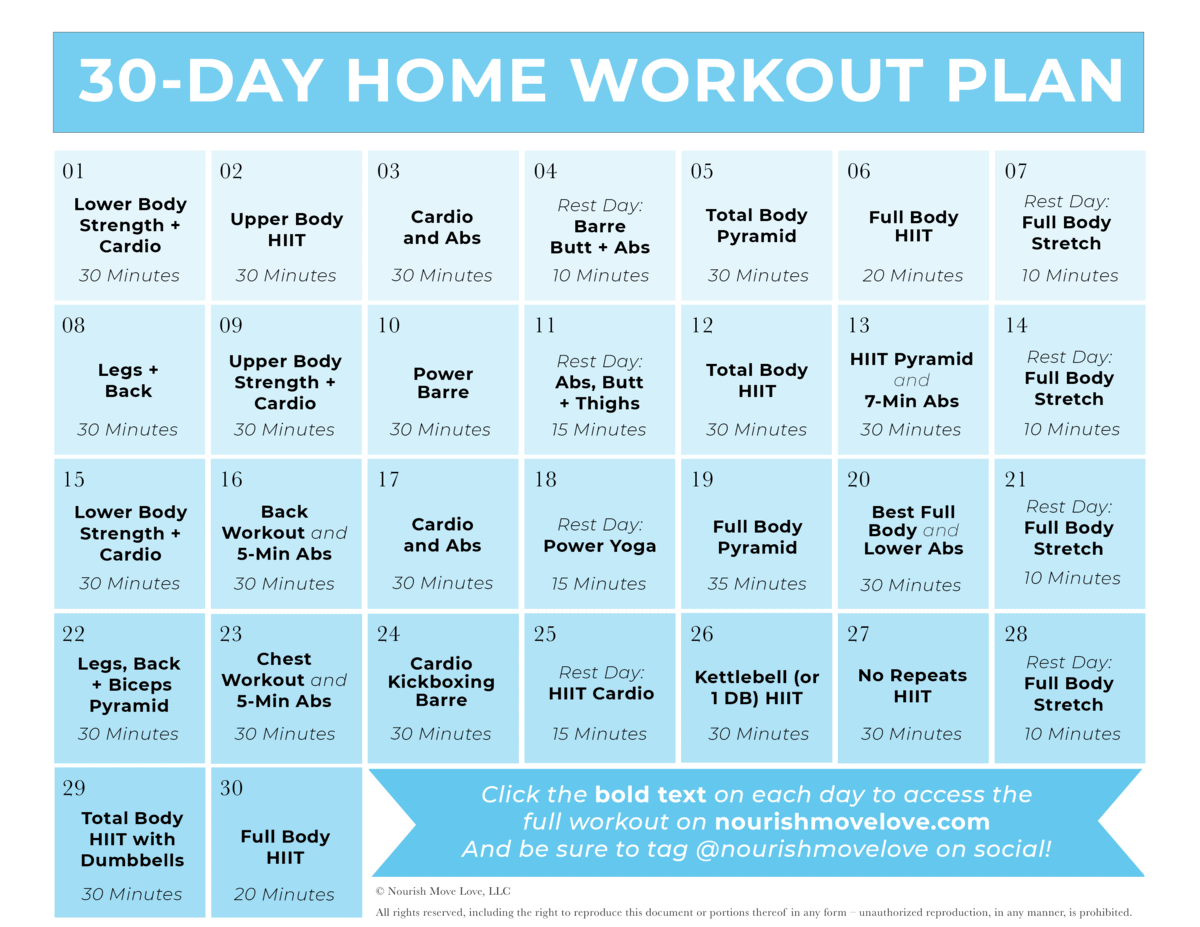Resistance training workout plan for lean muscle gain at home: Forget the gym membership! This isn’t your grandma’s aerobics class. We’re talking sculpted steel, superhero strength, and all the glory of a lean physique – all from the comfort of your living room. Prepare to ditch the excuses and embrace the power of home-based resistance training.
We’ll arm you with a 12-week plan, killer exercises, and nutritional wisdom to transform your body into a lean, mean, muscle-building machine. Get ready to unleash your inner Adonis (or Amazon!).
This plan provides a comprehensive guide to building lean muscle at home using resistance training. We’ll cover everything from selecting the right equipment and designing a workout schedule to mastering proper exercise technique, fueling your body for optimal results, and tracking your progress. We’ll also emphasize the importance of safety and proper form to help you avoid injuries and achieve your fitness goals safely and effectively.
Introduction to Home-Based Resistance Training: Resistance Training Workout Plan For Lean Muscle Gain At Home
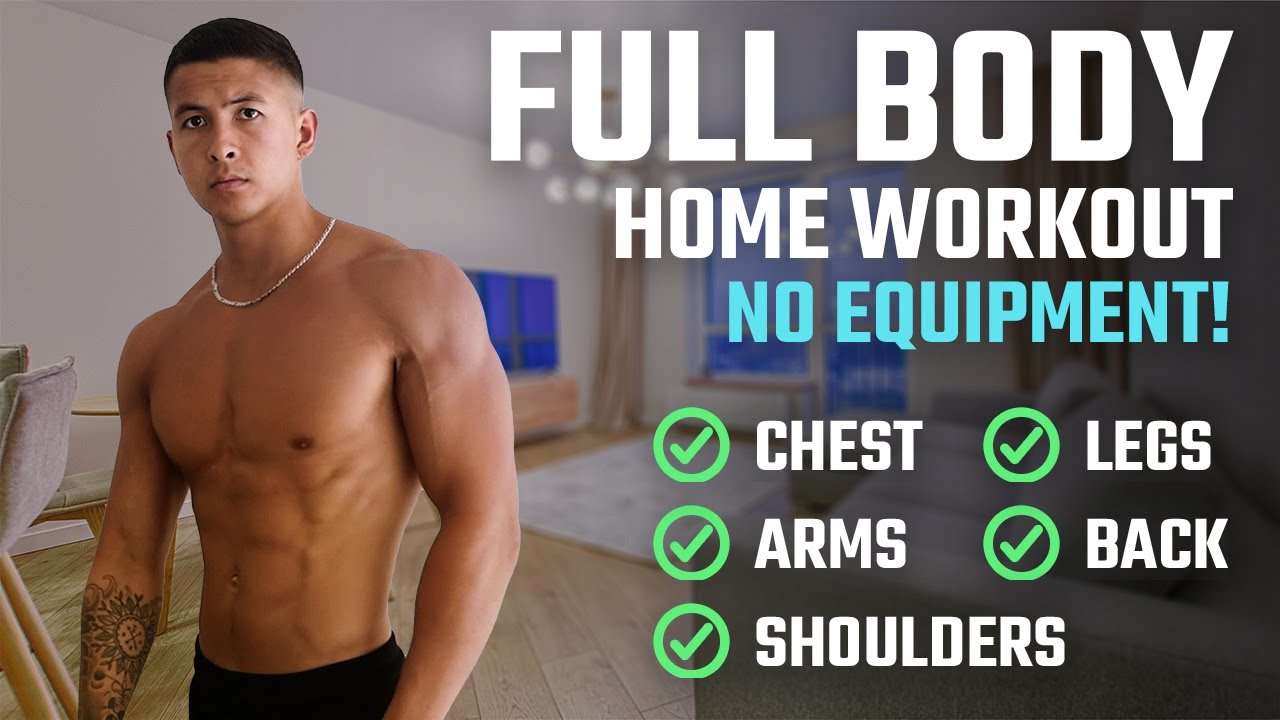
So, you want a superhero physique without the superhero budget? Excellent choice! Resistance training at home is the secret weapon for building lean muscle, and it’s way more fun than fighting crime (unless your crime is resisting the urge to eat that extra cookie). This isn’t about becoming the next Arnold Schwarzenegger overnight (unless you’re secretly a time-traveling cyborg, in which case, please share your secrets!), but about steadily building strength and sculpting your body from the comfort of your own living room.Resistance training, unlike cardio, focuses on building muscle mass.
This increased muscle mass not only improves your physical appearance but also boosts your metabolism, making it easier to lose fat and maintain a healthy weight. Plus, stronger muscles mean a stronger you – better posture, less risk of injury, and more energy to tackle your day (or conquer a mountain, if that’s your thing).
Advantages of Home-Based Resistance Training
Working out at home offers several compelling advantages. Firstly, it’s incredibly convenient. No more battling traffic, gym memberships, or awkward locker room encounters. Your workout is always ready and waiting, at your convenience. Secondly, it saves money.
While some initial investment in equipment is necessary, it’s significantly cheaper in the long run than paying monthly gym fees. Finally, it allows for a personalized workout experience. You’re the boss; you dictate the tempo, the exercises, and the overall vibe. No more waiting for equipment or awkwardly staring at people who are much better at bicep curls than you.
Do not overlook explore the latest data about Pertandingan sengit.
Essential Equipment for Home Resistance Training
Let’s face it, you don’t need a mountain of equipment to build a fantastic physique. A few well-chosen items are all you need to get started. This table Artikels some essentials, their alternatives, and approximate costs (prices can vary depending on brand and retailer, so these are just estimates):
| Equipment | Description | Alternatives | Cost Estimate |
|---|---|---|---|
| Dumbbells (various weights) | Adjustable dumbbells are ideal, allowing you to change weight easily. | Filled water bottles, cans of food (be careful!), resistance bands | $50 – $200 |
| Resistance Bands | Offer variable resistance for a wide range of exercises. | Towels (for added resistance during certain exercises) | $10 – $30 |
| Pull-up Bar (doorway or mounted) | Excellent for back and arm exercises. | Strong sturdy tree branch (use caution!), sturdy table or chair (again, be safe!) | $20 – $50 |
| Exercise Mat | Provides cushioning and comfort during floor exercises. | Thick rug or carpet | $10 – $30 |
Designing a Workout Plan
So, you’re ready to sculpt your physique like a Greek god (or goddess!) using only your bodyweight and some household items? Fantastic! Designing a home-based resistance training plan doesn’t require a PhD in kinesiology – just a dash of common sense, a sprinkle of determination, and a healthy dose of self-belief. We’ll break it down into manageable chunks, making sure you’re not overwhelmed by burpees before you’ve even started.This section details a sample 12-week program, explains the crucial concept of progressive overload, and Artikels a workout plan incorporating both compound and isolation exercises.
Think of this as your personal training manual, but without the hefty price tag (and the awkward small talk).
A 12-Week Beginner Resistance Training Program for Lean Muscle Gain
This program focuses on building a solid foundation of strength and muscle. Remember to listen to your body and rest when needed. Don’t be a hero; consistency is key! Rest at least one day between workouts.
| Week | Day 1 | Day 2 | Day 3 | Day 4 | Day 5 | Day 6 | Day 7 |
|---|---|---|---|---|---|---|---|
| 1-4 | Upper Body (Push) | Lower Body | Rest | Upper Body (Pull) | Core | Rest | Rest |
| 5-8 | Upper Body (Push) | Lower Body | Rest | Upper Body (Pull) | Full Body Circuit | Rest | Rest |
| 9-12 | Upper Body (Push/Pull) | Lower Body | Rest | Full Body Circuit | Core | Rest | Rest |
Example Exercises:
Upper Body (Push): Push-ups (various variations), incline push-ups (using a sturdy chair or table), tricep dips (using a chair), handstand against a wall (progression).
Upper Body (Pull): Pull-ups (using a sturdy bar or doorway pull-up bar), inverted rows (using a sturdy table), bicep curls (using filled water bottles or resistance bands).
Lower Body: Squats (various variations), lunges (various variations), glute bridges, calf raises.
Core: Planks (various variations), crunches, leg raises, Russian twists.
Full Body Circuit: Burpees, mountain climbers, jumping jacks, squat jumps.
Progressive Overload: The Key to Growth
Progressive overload is simply the gradual increase in the demands placed on your muscles. Think of it as constantly challenging your body to adapt and grow stronger. Without progressive overload, your muscles will plateau, and your gains will stall. It’s like trying to build a skyscraper with only toothpicks – you’ll get nowhere fast!To apply progressive overload at home, you can increase:
- Reps: Gradually increase the number of repetitions you perform for each exercise.
- Sets: Gradually increase the number of sets you perform for each exercise.
- Weight/Resistance: Increase the weight you lift (using heavier water bottles, resistance bands, or backpacks filled with books) or the resistance of your bands.
- Difficulty: Progress to more challenging variations of exercises (e.g., moving from regular push-ups to incline push-ups to decline push-ups).
- Tempo: Slow down the tempo of your repetitions to increase time under tension.
Workout Plan: Compound and Isolation Exercises
This plan incorporates both compound (multiple muscle groups) and isolation (single muscle group) exercises to ensure a well-rounded workout.
A balanced approach is crucial for overall muscle development and injury prevention.
Sample Workout (Day 1: Upper Body Push):
- Push-ups: 3 sets of 8-12 reps
- Incline Push-ups: 3 sets of 8-12 reps
- Tricep Dips: 3 sets of 10-15 reps
- Overhead Press (using water bottles): 3 sets of 10-15 reps
Remember to adjust the number of sets and reps based on your fitness level and progress.
Exercise Selection and Technique
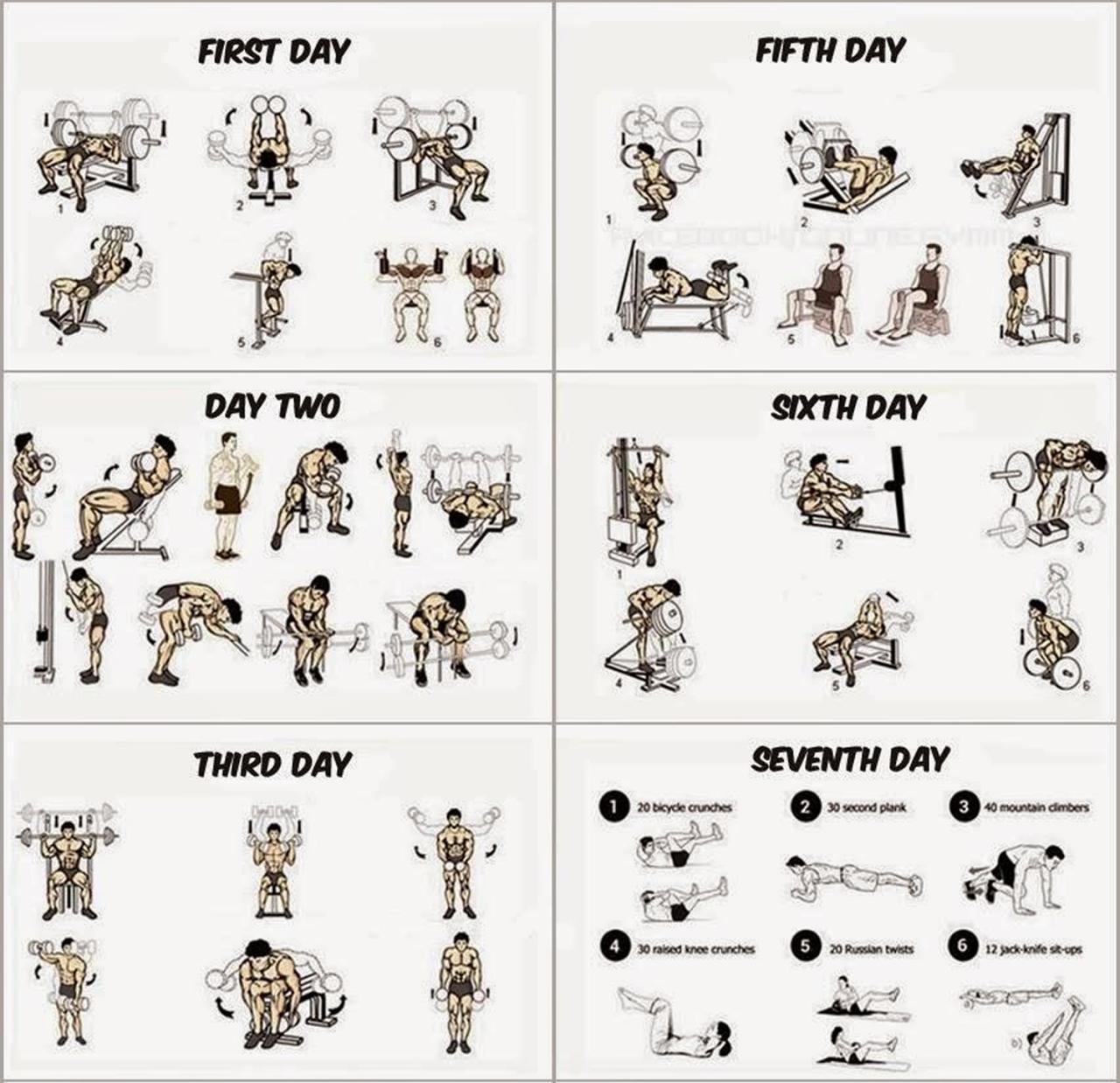
Choosing the right exercises and mastering the correct technique is crucial for building lean muscle effectively at home, avoiding injuries, and maximizing your results. Think of it as sculpting a masterpiece – you need the right tools (exercises) and the precision (technique) to achieve a stunning outcome. Poor form not only hinders progress but also increases the risk of pulling a muscle, which is about as fun as a root canal without anesthesia.Let’s dive into some bodyweight exercises that are fantastic for building lean muscle, even without fancy gym equipment.
Remember, consistency and proper form are key – quality over quantity!
Bodyweight Exercises for Lean Muscle Gain
These exercises target various muscle groups, ensuring a well-rounded workout. Remember to listen to your body and stop if you feel any sharp pain. Think of your body as a finely tuned machine – treat it with respect!
- Squats: Targets quads, glutes, hamstrings. Stand with feet shoulder-width apart, toes slightly outward. Lower your hips as if sitting in a chair, keeping your back straight and chest up. Avoid letting your knees cave inward. Modifications: For beginners, perform squats against a wall for support.
Increase intensity by adding a jump at the top of the movement (jump squats).
- Push-ups: Targets chest, shoulders, triceps. Start in a plank position, hands slightly wider than shoulder-width apart. Lower your chest towards the floor, keeping your body in a straight line. Push back up to the starting position. Modifications: Perform push-ups against a wall or on your knees for easier variations.
Increase intensity by elevating your feet on a chair or bench.
- Lunges: Targets quads, glutes, hamstrings. Step forward with one leg, bending both knees to 90 degrees. Keep your front knee aligned with your ankle and your back knee just above the ground. Alternate legs. Modifications: Start with smaller steps and gradually increase the distance.
Increase intensity by adding a jump between lunges (jumping lunges).
- Plank: Targets core muscles. Hold a push-up position, but rest on your forearms instead of your hands. Keep your body in a straight line from head to heels, engaging your core. Modifications: Start by holding the plank for shorter durations and gradually increase the time. Increase intensity by lifting one leg or arm at a time.
- Glute Bridges: Targets glutes and hamstrings. Lie on your back with knees bent and feet flat on the floor. Lift your hips off the ground, squeezing your glutes at the top. Lower your hips back down. Modifications: For beginners, focus on the glute squeeze.
Find out further about the benefits of Best full body strength training program for weight loss that can provide significant benefits.
Increase intensity by lifting one leg at a time or by adding weight on your hips (a heavy book, for example).
- Burpees: Targets full body. Start standing, then drop into a squat, kick your feet back into a plank position, do a push-up (optional), return to the squat, and jump up. Modifications: Step your feet back instead of kicking them for a less intense variation. Increase intensity by adding a jump between each step.
- Crunches: Targets abdominal muscles. Lie on your back with knees bent and feet flat on the floor. Place your hands behind your head and lift your head and shoulders off the ground, engaging your abs. Lower back down. Modifications: Focus on controlled movements and proper form.
Increase intensity by adding weight (a light weight or a medicine ball) to your chest.
- Bicycle Crunches: Targets obliques. Lie on your back with hands behind your head and knees bent. Bring your right elbow towards your left knee, then your left elbow towards your right knee, alternating sides. Modifications: Start with slower, more controlled movements. Increase intensity by increasing the speed and range of motion.
Investigate the pros of accepting Weight training exercises for building strength and endurance in your business strategies.
- Superman: Targets back muscles. Lie on your stomach with arms and legs extended. Simultaneously lift your arms, legs, and chest off the ground, engaging your back muscles. Lower back down. Modifications: Start with smaller lifts.
Increase intensity by holding the position for longer durations.
- Calf Raises: Targets calf muscles. Stand with feet shoulder-width apart, holding onto a chair or wall for balance. Raise up onto your toes, then lower back down. Modifications: Perform calf raises on an incline (e.g., a step) for increased intensity.
Proper Form and Technique
Correct form is paramount to prevent injuries and maximize muscle activation. Think of it as building a house – a shaky foundation leads to a shaky structure! Pay close attention to your body’s alignment and movement during each exercise. If you’re unsure, watch videos demonstrating proper form and consider consulting a fitness professional.
Maintaining proper form is crucial for maximizing results and minimizing the risk of injury.
Adjusting Intensity
Adjusting the intensity of your workout is essential for continuous progress. This can be done by increasing the number of repetitions, sets, or the difficulty of the exercise. You can also add resistance bands or weights (like water bottles or filled backpacks) to increase the challenge as you get stronger. Remember to gradually increase intensity to avoid overtraining and injuries.
Think of it like climbing a mountain – steady progress is more sustainable than a frantic sprint!
Nutrition and Recovery
Building lean muscle at home isn’t just about grunting and groaning through burpees; it’s a carefully orchestrated symphony of sweat, strain, and… surprisingly, delicious food. Think of your body as a high-performance sports car – you wouldn’t fuel it with low-grade gasoline, would you? Similarly, proper nutrition and recovery are crucial for maximizing your gains and avoiding injury.
This section will fuel your understanding of how to optimize both.Proper nutrition plays a pivotal role in muscle growth and fat loss. Without the right fuel, your body can’t effectively repair and rebuild muscle tissue after your workouts, leaving you feeling sluggish and seeing minimal results. Conversely, a well-planned diet provides the building blocks your body needs to become stronger and leaner.
Sample Meal Plan for Lean Muscle Growth and Fat Loss
This sample meal plan provides a general guideline and calorie needs will vary based on individual factors like age, sex, activity level, and metabolism. Consult a registered dietitian or nutritionist for personalized advice. The focus is on lean protein sources, complex carbohydrates, and healthy fats to support muscle growth and overall health. Remember, portion sizes should be adjusted to meet your individual caloric needs.
- Breakfast (approx. 400 calories): Oatmeal with berries and a scoop of whey protein powder, a handful of almonds.
- Lunch (approx. 500 calories): Grilled chicken salad with mixed greens, avocado, and a light vinaigrette.
- Dinner (approx. 600 calories): Baked salmon with quinoa and steamed broccoli.
- Snacks (approx. 200 calories total): Greek yogurt with fruit, a protein bar, or a small handful of trail mix.
Adequate Protein Intake for Muscle Building
Protein is the undisputed king of muscle building. Think of it as the Lego bricks your body uses to construct and repair muscle tissue. Without sufficient protein, your muscles simply won’t grow. A general guideline is to consume 1.6-2.2 grams of protein per kilogram of body weight daily. For a 70kg individual, this translates to approximately 112-154 grams of protein per day.
This can be achieved through a variety of sources, including lean meats, poultry, fish, eggs, dairy products, legumes, and plant-based protein powders. Failing to meet your protein needs is like trying to build a house without bricks – you’ll end up with a very disappointing result.
The Role of Sleep and Rest in Muscle Recovery and Growth
Sleep isn’t just for the lazy; it’s when the real muscle-building magic happens. During sleep, your body releases growth hormone, a crucial player in muscle repair and growth. Insufficient sleep hinders this process, leading to slower recovery times and reduced muscle growth. Aim for 7-9 hours of quality sleep per night. Think of sleep as your body’s “offline update” – it needs this downtime to process the day’s workouts and build stronger muscles.
Ignoring this crucial aspect is like trying to run a marathon without ever resting – you’ll burn out quickly and won’t reach your full potential.
Tracking Progress and Adjustments
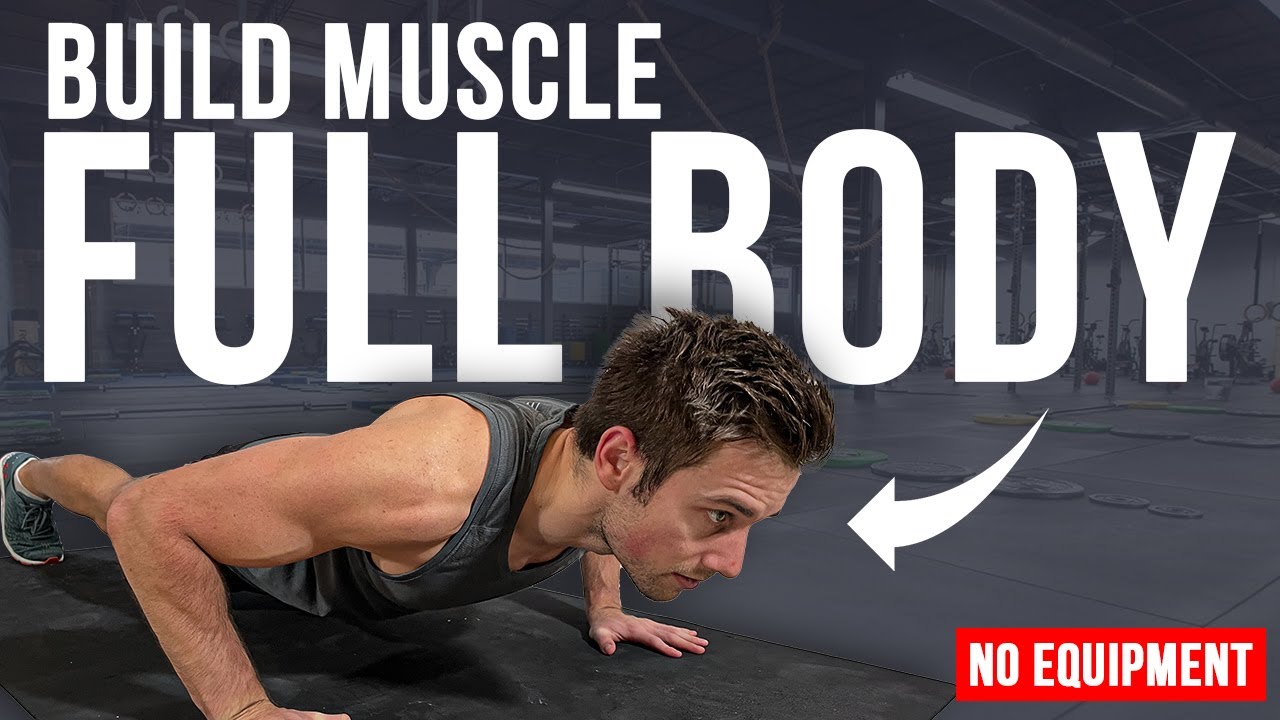
So, you’ve been diligently following your home-based resistance training plan, fueled by protein shakes and the sheer will to sculpt those biceps. Fantastic! But are you actuallygetting* anywhere? Tracking your progress isn’t just about bragging rights; it’s the key to making sure your hard work is paying off and adjusting your plan for maximum gains. Think of it as your personal fitness GPS, guiding you to the land of lean muscle.Progress tracking allows you to see what’s working and what’s not, allowing for necessary adjustments to keep your workouts effective and prevent plateaus.
Ignoring progress is like driving a car without looking at the speedometer – you might be going somewhere, but you have no idea how fast or efficiently.
Progress Tracking Methods
A simple log or spreadsheet is all you need to start seeing the results of your efforts. No fancy apps required! You can even use a good old-fashioned notebook. However, a spreadsheet offers the advantage of easy calculations and visualizations. Below is an example of a simple spreadsheet to track your progress. Remember to be consistent with your measurements to see true progress.
You also can investigate more thoroughly about Best home workout for strength training and weight loss to enhance your awareness in the field of Best home workout for strength training and weight loss.
| Date | Exercise | Sets | Reps | Weight (kg) | Rest Time (seconds) | RPE (Rate of Perceived Exertion) | Notes |
|---|---|---|---|---|---|---|---|
| 2024-10-27 | Push-ups | 3 | 10 | Bodyweight | 60 | 6 | Felt good, good form. |
| 2024-10-27 | Squats | 3 | 12 | Bodyweight | 60 | 7 | Slightly fatigued on last set. |
| 2024-10-28 | Push-ups | 3 | 12 | Bodyweight | 60 | 6 | Increased reps! |
| 2024-10-28 | Squats | 3 | 15 | Bodyweight | 60 | 7 | Also increased reps. |
Workout Plan Adjustments
Once you have a few weeks of data, analyze your progress. Are you consistently increasing the weight, reps, or sets? If not, it might be time to make adjustments. This could involve increasing the weight, adding more reps, increasing the number of sets, or even changing exercises entirely to target different muscle groups more effectively. For example, if you’ve plateaued on push-ups, you might consider adding incline push-ups or decline push-ups to challenge yourself further.
Listen to your body, but don’t be afraid to push your limits gradually.Remember, consistent progression is key. If you’re not seeing improvement, don’t be afraid to experiment. Consider trying different training splits, focusing on progressive overload (gradually increasing the demands on your muscles), and ensuring proper form to avoid injuries.
Maintaining Consistency
Life happens. Work, family, and social commitments can easily derail even the most dedicated fitness enthusiast. However, you can mitigate this by building consistency into your routine. Schedule your workouts like any other important appointment. Find a workout buddy for accountability and motivation.
Prepare your workout area in advance, eliminating any excuses for skipping a session. Remember, even a short, effective workout is better than no workout at all. Celebrate your small wins and acknowledge that setbacks are normal; the important thing is to get back on track. Don’t let a missed workout turn into a missed week!
Safety and Considerations
Building muscle at home is awesome, but let’s be smart about it. Ignoring safety is like trying to bench press a rhino – it’s going to end badly. This section covers crucial safety measures to keep you injury-free and maximizing your gains, not your time on the physiotherapist’s couch.Proper form is paramount; rushing through exercises is a recipe for disaster.
Remember, slow and steady wins the race, especially when it comes to avoiding pulled muscles or strained ligaments. Think quality over quantity – a few well-executed reps are far better than many sloppy ones.
Warm-up and Cool-down Routines
A proper warm-up prepares your body for the workout ahead, increasing blood flow to muscles and improving flexibility. Imagine your muscles are like a stiff rubber band; you wouldn’t just start stretching it vigorously without warming it up first, would you? A dynamic warm-up, involving movements like arm circles, leg swings, and torso twists, is ideal. This gets your blood pumping and your muscles ready for action.
A cool-down, conversely, helps your body gradually return to its resting state, reducing muscle soreness and promoting recovery. Gentle stretches, holding each for 20-30 seconds, are perfect for this phase. Think of it as a thank-you to your hardworking muscles.
Seeking Professional Guidance, Resistance training workout plan for lean muscle gain at home
Knowing when to seek professional help is crucial. While home workouts offer convenience, they lack the personalized guidance of a trainer. If you experience persistent pain, particularly sharp or shooting pains, don’t ignore it. Similarly, if you have pre-existing conditions like back problems or joint issues, consulting a physical therapist or certified personal trainer is essential before starting any resistance training program.
They can assess your individual needs and create a safe and effective plan tailored to your specific circumstances. Think of it as getting a professional tune-up for your body’s engine – it’ll run smoother and last longer. Ignoring persistent pain can lead to chronic issues, so seeking professional advice early is always the best strategy. It’s better to be safe than sorry, and a small investment in your health can save you from much larger problems down the line.
A qualified professional can also help you refine your form, ensuring you’re getting the most out of your workouts while minimizing the risk of injury.
Home Workout Environment Safety
Your home workout space should be free from obstacles. Clear a sufficient area to allow for free movement during exercises. Ensure adequate lighting to prevent trips and falls. Using a workout mat can provide cushioning and improve stability. Consider the surface you are working out on – a carpeted surface is softer than a hardwood floor.
It’s all about creating a safe and comfortable environment for your workout. Avoid distractions such as pets or children that could cause accidents.
Visual Aids
Let’s ditch the cryptic workout videos and dive into clear, concise demonstrations of proper form. Understanding the correct technique is crucial not only for maximizing muscle growth but also for preventing injuries – because nobody wants to spend their gains on physiotherapy! Visualizing the exercises before you even start is half the battle.
Squat Form
The squat, a cornerstone of any leg day, is deceptively simple yet easily botched. Mastering it unlocks serious lower body strength and definition. Imagine yourself sitting down in a chair, but without the chair.Foot placement should be slightly wider than shoulder-width apart, toes pointing slightly outwards. Your back should remain straight, engaging your core muscles to maintain stability – think of bracing your abs as if you’re about to get punched in the gut.
Descend until your thighs are parallel to the ground, or slightly below if your flexibility allows. Avoid letting your knees cave inwards; they should track over your toes. The movement should originate from your hips and knees, not just bending at the knees. A controlled, slow descent and ascent is key. Think about pushing through your heels as you rise back up.
Push-Up Form
The push-up, a bodyweight classic, is a fantastic chest and triceps builder. But sloppy form can lead to shoulder pain and limited results.Begin in a plank position, hands slightly wider than shoulder-width apart, fingers pointing forward. Your body should form a straight line from head to heels, engaging your core to prevent sagging in the hips or arching of the back.
Lower your chest towards the floor by bending your elbows, keeping them close to your body. Don’t let your elbows flare out – this puts unnecessary stress on your shoulders. Push back up to the starting position by extending your arms. For beginners, performing push-ups against a wall or on an incline (hands on an elevated surface) reduces the difficulty and allows for proper form development.
Plank Form
The plank, often underestimated, is a king of core exercises. It’s all about isometric strength – holding a position rather than repetitive movement. But a poorly executed plank is worse than no plank at all.Start by positioning yourself face down with forearms on the floor, elbows directly beneath your shoulders, and hands clasped together. Your body should form a straight line from head to heels, engaging your core muscles to maintain a rigid posture.
Avoid sagging in the hips or arching your back – this reduces the effectiveness and can lead to back pain. Hold this position for as long as you can maintain proper form. To progress, try variations such as side planks or forearm planks with elevated legs. These variations increase the difficulty and challenge your core muscles in different ways.
Final Review
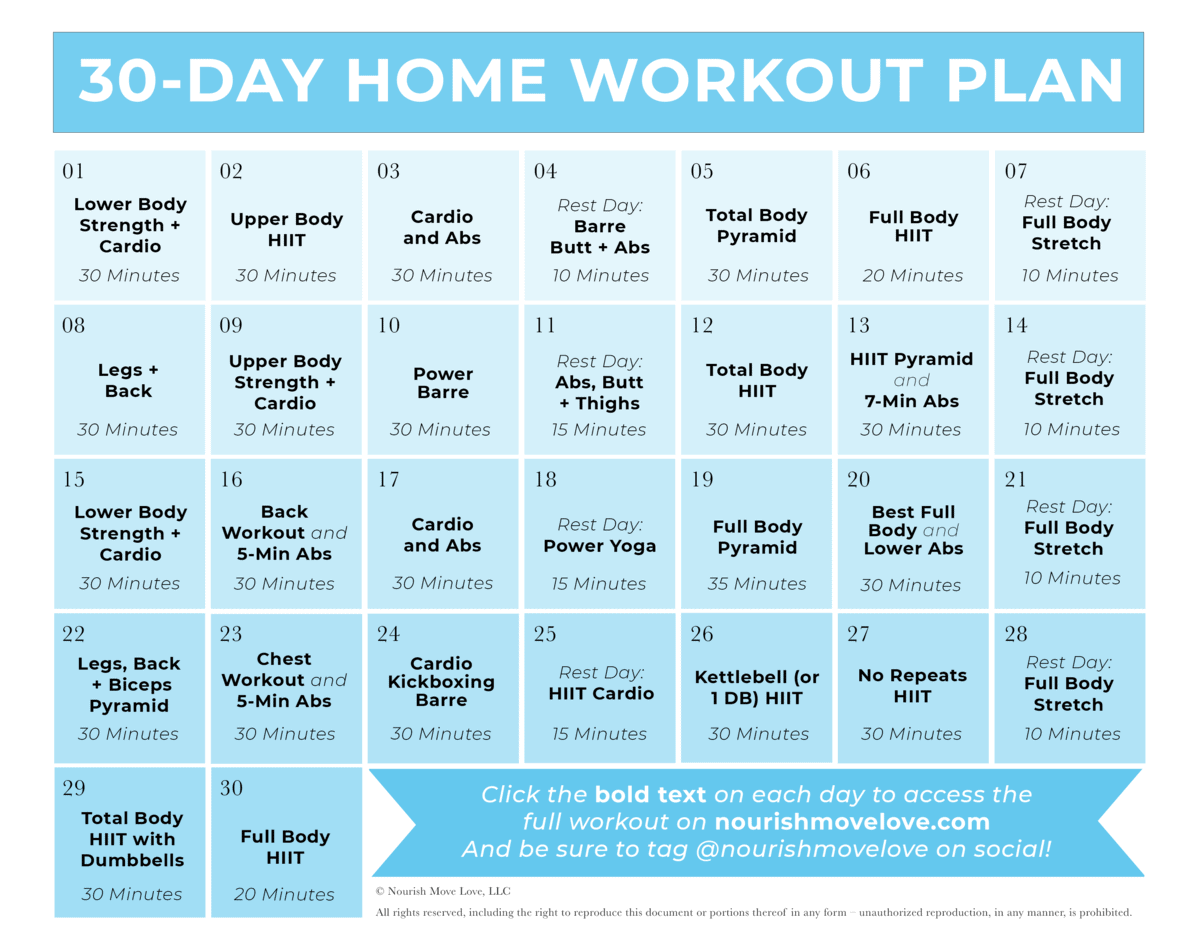
So there you have it – your passport to a leaner, stronger you, all without leaving the house! Remember, consistency is key. Don’t expect miracles overnight; this is a journey, not a sprint. Embrace the process, celebrate your wins (even the small ones!), and most importantly, have fun transforming your body and mind. Now go forth and conquer those dumbbells (or water bottles… we don’t judge!).
You’ve got this!
